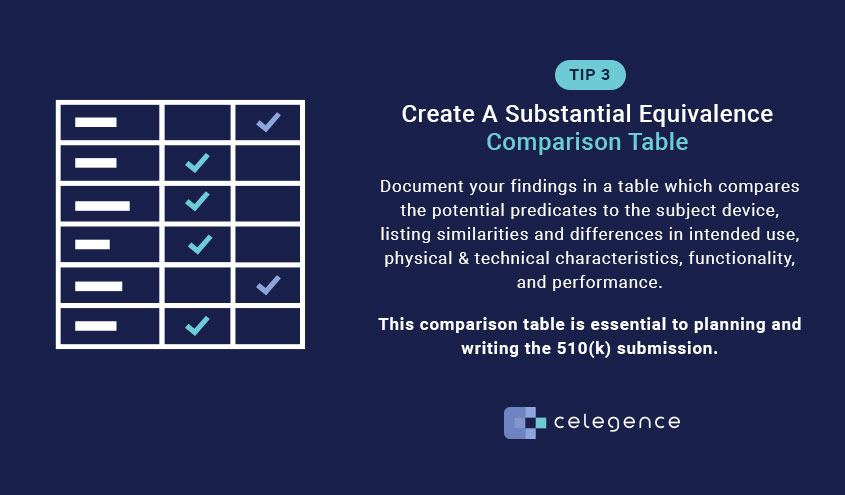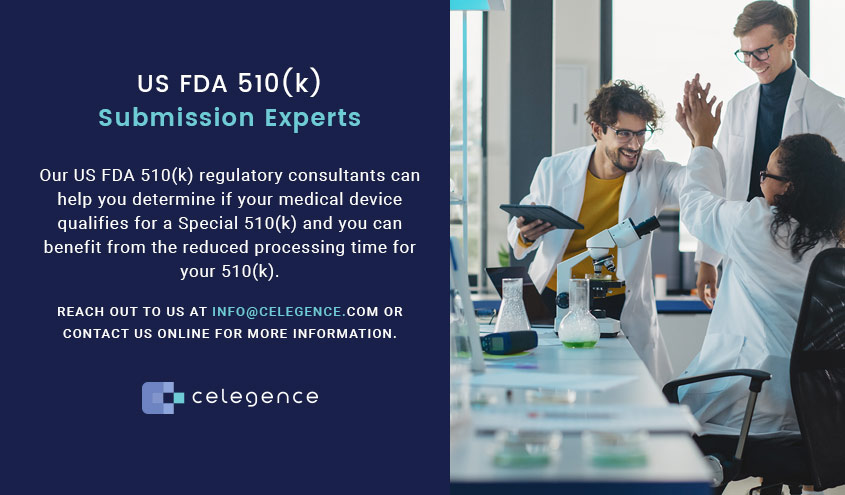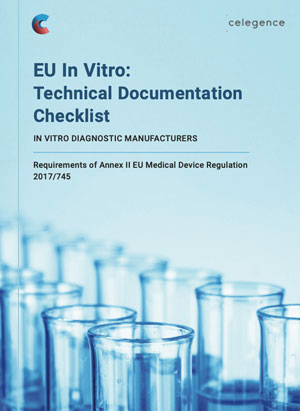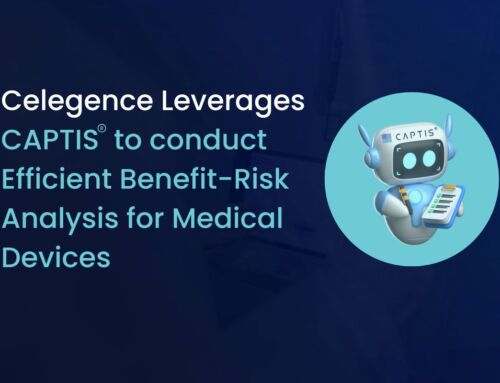
510k Submission Planning
Before you start your 510k submission make sure you’re aware of the pitfalls. As a leading regulatory compliance company providing a suite of services to Medical Device Manufacturers, 510(k) submissions have been a hot topic of late! Being responsible for writing and submitting a 510(k) can seem overwhelming. Especially when tied to a scheduled product launch or marketing campaign driven by revenue goals. One of the most influential factors to a successful 510(k) submission is strategic planning.
With an aim to provide thoughtful insight on how to go about planning a 510(k) submission long before the writing begins, we have created this helpful list of top tips, where we will outline the items you should be aware of when planning your 510K submission.
Tip #1: Visit the FDA 510k Submission Website
Your first stop should be the FDA’s informative website which includes detailed information on:
- 510(k) Submission Process
- 510(k) How-to Information
- Different Types of 510(k)s
- 510(k) Content by Type
- Relevant 510(k) Guidance documents
The FDA expects applicants to follow the recommendations within their guidance documents and to understand the submission process. These tools provide an understanding of what needs to go into a submission and explains the process to follow to ensure it is accepted by the FDA.
Seems simple enough, right? Not quite…
The challenge lies in gathering the information required to write the 510(k) in the allotted timeframe, while ensuring the data will meet FDA’s expectation to result in a decision of substantial equivalence. Check out more info about FDA 510(k) submissions for medical devices.
The checklist highlights all of the documentation that you will need in place for certification of your IVD device and will serve as a guide to help you achieve ongoing compliance. In conjunction with this checklist, we are also able to provide you with bespoke strategies to bring your business up to speed. We are currently working with businesses from the United States, India, and throughout Europe to ensure that they are ready for the deadline in May of 2022.
Tip #2: Learn Everything about your Device and Competitors
Educating yourself on the subject device and its purpose is extremely important. Aim to seek a deep understanding of:
- Intended use and indications for use,
- population (pediatrics, general, geriatrics etc),
- environment (hospitals, ambulatory, clinics, home-use etc.),
- users (clinicians, physicians, dentists, patients etc.,),
- disease state,
- anatomical location and duration of use,
- surgical technique,
- device design,
- materials,
- mechanics,
- energy source,
- mode of action,
- physical properties and
- instructions for use including warnings and cautions.
- clinical studies.
Next, with assistance from Marketing, learn about the competitive landscape and focus on competitor devices. View content such as research literature, clinical studies, websites, brochures, sell-sheets, instructions for use, and labeling to identify potential predicate device(s) with the same intended use and similar technological characteristics; and begin to create a comparative table.
Once identified, read the Summaries of Safety and Effectiveness (SSEs) available on FDA’s 510(k) database to evaluate the similarities and differences.
SSEs include a predicate comparison table and inform test plans plus identify precedence set using recognized and/or International Standards.

Tip #3: Create A Substantial Equivalence Comparison Table
Document your findings in a table which compares the potential predicates to the subject device, listing similarities and differences in intended use, physical & technical characteristics, functionality, and performance.
This comparison table is essential to planning and writing the 510(k) submission. By identifying the differences in intended use, function, performance, and technological characteristics early on, the testing plans can be finalized to demonstrate equivalence.
Remember, the main objective of the 510(k) content is to provide FDA reasonable assurance of substantial equivalence to the predicate device. The differences identified in this table are the elements of concern for FDA. The technical writing must support this by providing justification as to why each difference does not raise any new questions of safety or effectiveness.
Tip #4: RA Input Early
To ensure 510(k) contents will meet FDA’s expectations, the planning of a successful 510(k) submission begins while the device is still under development. It is important that Regulatory Affairs (RA) is involved early in the device development process to gain an understanding of the device and to provide guidance on:
- Recognized standards or special controls applicable to the device
- FDA Guidance documents specific to the device
- Test plans and protocols to ensure the data generated supports substantial equivalence
- Risk Management activities such as conducting FMEAs, Risk Analysis and Benefit to Risk Analysis.
- Label copy development; instructions for use, warnings, and cautions
- Design control documents: user needs, verification, and validation
The information derived from the above list will inform the submission contents and identify areas of concern that may require testing as a risk mitigation and/or to support substantial equivalence. Walking through the design and performance FMEA will contribute to your understanding of the clinical use and associated risks.
Tip #5: Create A Cross Functional 510(k) Team
The next step is to establish a dedicated team of cross-functional members with scheduled meeting cadence.
Although the task of writing the submission may fall on a particular individual, the 510(k) is a compilation of inputs from many subject matter experts (SMEs). Support from Quality, Engineering/Research & Development, Manufacturing, and Marketing is required.
If the product is sterile then Sterility Assurance input is required and if invasive Toxicologist SME input is necessary. Medical devices with software, that are software, or have electromechanical properties will need specific SME support as well.
Tip #6 Develop A Regulatory Strategy
Developing a solid Regulatory Strategy is essential to establishing a dedicated team. The Regulatory Strategy document can be used to educate upper management on what a 510(k) submission entails resulting in appropriate allocation of resources and priority.
It communicates objectives, timing, inputs required, test plans, resources needed, identifies risks, filing options, FDA interaction, etc. to name a few which ensures the team is educated on objectives, their individual importance, and focused on the same goal.
The Regulatory Strategy should be written in collaboration with team members to create buy-in or a sense of ownership versus pushing out assignments for deliverables to an already overburdened SME schedule.
Although developed to support the 510(k) submission, the Regulatory Strategy should take a holistic view, by taking into consideration future Marketing Authorizations outside the US. If CE marking is on the horizon a parallel filing/application path should be considered. There are data elements that overlap between the EU technical file and 510(k) contents. International standards should be considered as test plans are developed to avoid retesting. In addition, creating the Clinical Evaluation Report required by the EU MDR early on can assist in educating the team on the clinical aspects of the technology being developed. This knowledge will reflect well in the writings of the 510(k).
510(k) Submission Planning Summary
Following these 6 tips before you start writing the 510(k) provides a great foundation for creating a successful submission, which includes an understanding of FDA’s expectations, in-depth knowledge of the risks and clinical benefits, engagement of a cohesive team with support from upper management, and a planned submission strategy.

Celegence – US FDA 510(k) Submission Experts
Celegence provides regulatory strategy consulting services and can help you navigate the complexities of FDA 510(k) submissions, Premarket Notification (PMA) and De Novo for medical devices. Our US FDA 510(k) regulatory consultants can help you determine if your medical device qualifies for a Special 510(k) and you can benefit from the reduced processing time for your 510(k). Reach out to us at info@celegence.com or contact us online for more information.
The checklist highlights all of the documentation that you will need in place for certification of your IVD device and will serve as a guide to help you achieve ongoing compliance. In conjunction with this checklist, we are also able to provide you with bespoke strategies to bring your business up to speed. We are currently working with businesses from the United States, India, and throughout Europe to ensure that they are ready for the deadline in May of 2022.



